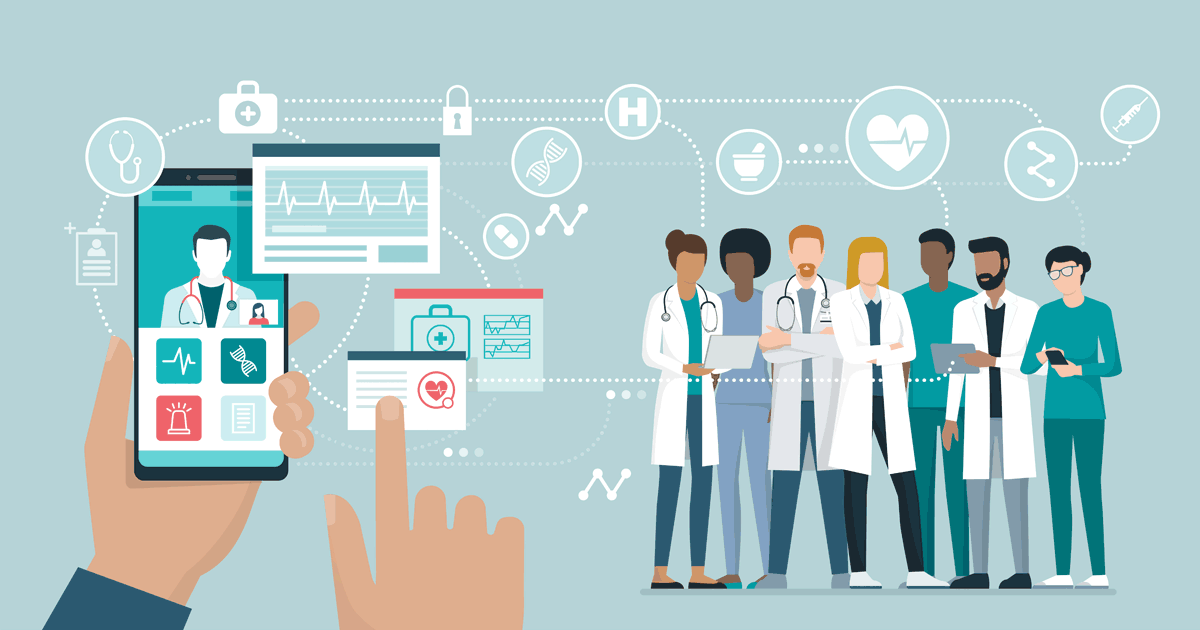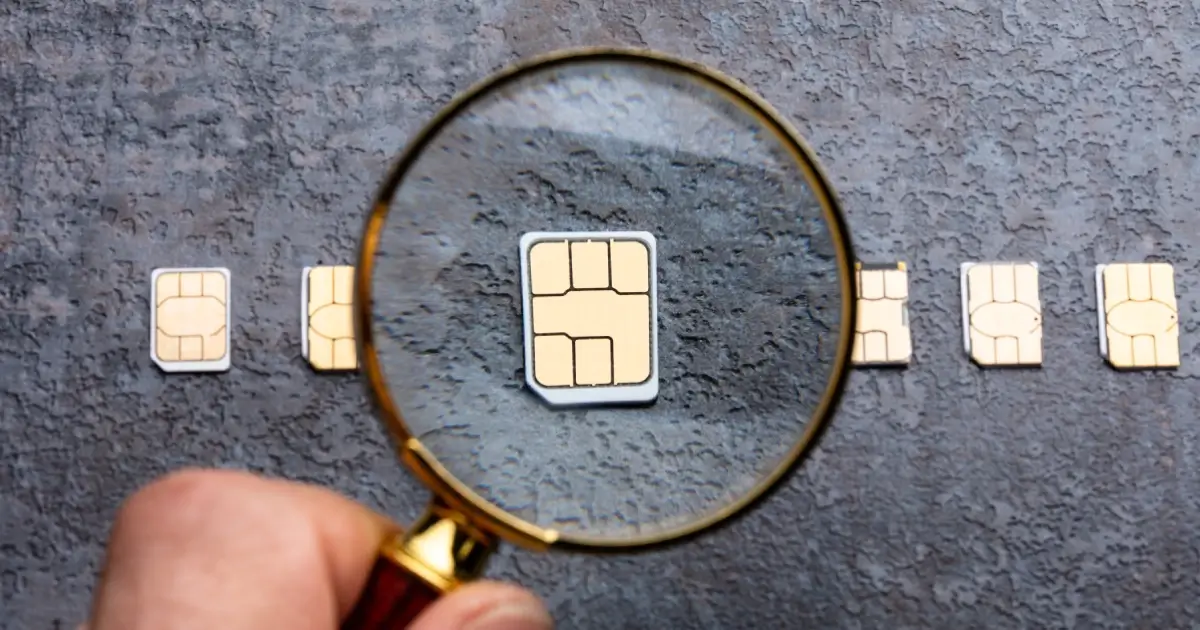Among the fastest-growing sectors in today’s digital economy, the telehealth sector involves a wide range of healthcare services provided remotely through various electronic mediums. As a thriving technology, smartphones bridge the gap between healthcare professionals and patients seeking remote medical assistance.
Medical professionals can consult with, diagnose, and treat their patients without scheduling or location conflicts. This means a corresponding increase in demand for smartphones – which have become essential tools for accessing these services. In this blog post, we will touch base on how smartphones are becoming a significant communication channel in the growth of the telehealth sector.
Importance of Telehealth Services in the Healthcare
Telehealth utilizes digital information and communication technologies, like smartphones and computers, to remotely access various health care services to ensure better patient care. These technologies can supplement in-person visits with your healthcare provider. They can also be used as the primary method of receiving health care services and managing your health.
There are many reasons why you might choose to use telehealth services instead of or in addition to in-person visits with your health care provider. Some people choose to use telehealth services because they live in rural areas, and it is not always possible to travel to see their health care provider. Others might choose to use telehealth services because they have a busy schedule, and it is difficult to find time to visit their health care provider.
Regardless of the reason, if you are considering using telehealth services, it is important to first check with your health care provider to see if they offer these services and, if so, what types of services they offer.
How Smartphones are Revolutionizing the Telehealth Industry
Smartphones act as a communication bridge between healthcare professionals and patients. Professionals can use smartphones to consult, diagnose, and treat patients without scheduling conflicts or meeting in person. Besides this, below are some telehealth operations made simple by smartphones.
Mobile Diagnosis
Mobile diagnosis allows doctors to diagnose patients remotely, thanks to the advancement in telehealth device development. This is possible due to the increased processing power of smartphones and advances in mobile technology. Mobile diagnosis is still in its early stages, but it has the potential to revolutionize healthcare.
One of the most promising applications of mobile diagnosis is in the area of mental health. Mental health disorders are often difficult to diagnose, but mobile apps that track a patient’s mood and behavior could help doctors identify problems early.
Product Advancements in Mobile Technology
As smartphones are equipped with powerful processors and more RAM, they can do more tasks, like helping doctors diagnose through video calls with higher resolution. Increased storage space in Android smartphones means doctors can share tutorial videos with patients who can save them in their phone’s storage to access the videos anytime.
Smartphones are extensively deployed as healthcare mobile solutions. For example, researchers are using smartphones to study the effect of certain drugs on the human brain. This is possible because smartphones can link to a device used to measure a person’s brain activity and then transmit the data to a computer for analysis.
Wearable Gadgets that Help with Quick Diagnosis
The trend of wearable devices has also gained popularity in recent years. These devices can track a person’s health data and send it to their smartphone. Doctors can use this information to diagnose patients remotely.
One example of a wearable device is a smartwatch. Such a watch can measure a person’s heart rate and send the data to their Android phones. If the patient has a heart condition, the doctor can monitor their health and provide treatment if necessary. Another example is a fitness tracker. These devices are often used to track a person’s steps, but they can also measure heart rate and sleep patterns. This data can be used in remote patient monitoring.
Virtual Appointments
Advancements in mobile network technology and improved smartphone cameras have made virtual appointments a reality. Thanks to advanced camera features in the smartphones like improved pixels on the front camera., hosting a virtual appointment feels like an in-person visit.
During a virtual appointment, the doctor can use the camera on their smartphone to get a close-up view of the patient’s problem. They can also use apps to share medical images and videos with the patient. This is helpful for patients who live in remote areas and do not have easy access to healthcare.
Remote Patient Monitoring
Several apps allow patients to share their health data with their doctors. This data can monitor the patient’s health and provide treatment if necessary.
For example, many apps allow patients to track their blood pressure. The data from these apps can be sent to the doctor, who can then provide treatment if the blood pressure is too high. There are also apps that allow patients to track their blood sugar levels. This is helpful for people with diabetes, as they can avoid potentially dangerous health complications by keeping their blood sugar levels monitored and under control.
Furthermore, using a tablet or smartphone for healthcare has made remote patient monitoring and diagnosis easier. The prices of such devices are also competitive, making them suitable for mass adoption by individuals and healthcare institutions.
Easy Personal Health Records (PHR) Access
Personal Health Records (PHR) are records of your health information. A custom android phone or tablet can help your doctor access your PHR easily, irrespective of their location. This is extremely helpful for the doctor, as they can view your medical history and make better-informed decisions about your treatment. Many apps allow you to store your PHR on your smartphone, making it convenient to keep your doctor informed of your health condition. You can access your PHR anytime and anywhere.
What’s Next?
The demand for smartphones will continue to grow as the telehealth industry expands. The convenience and connectivity that smartphones provide are essential for accessing telehealth services.
Whether through video consultations, remote monitoring, or mobile apps, smartphones and tablets play an increasingly important role in delivering healthcare to patients. We hope you’re now clear about the significance of smartphones in the growth of the telehealth industry.



